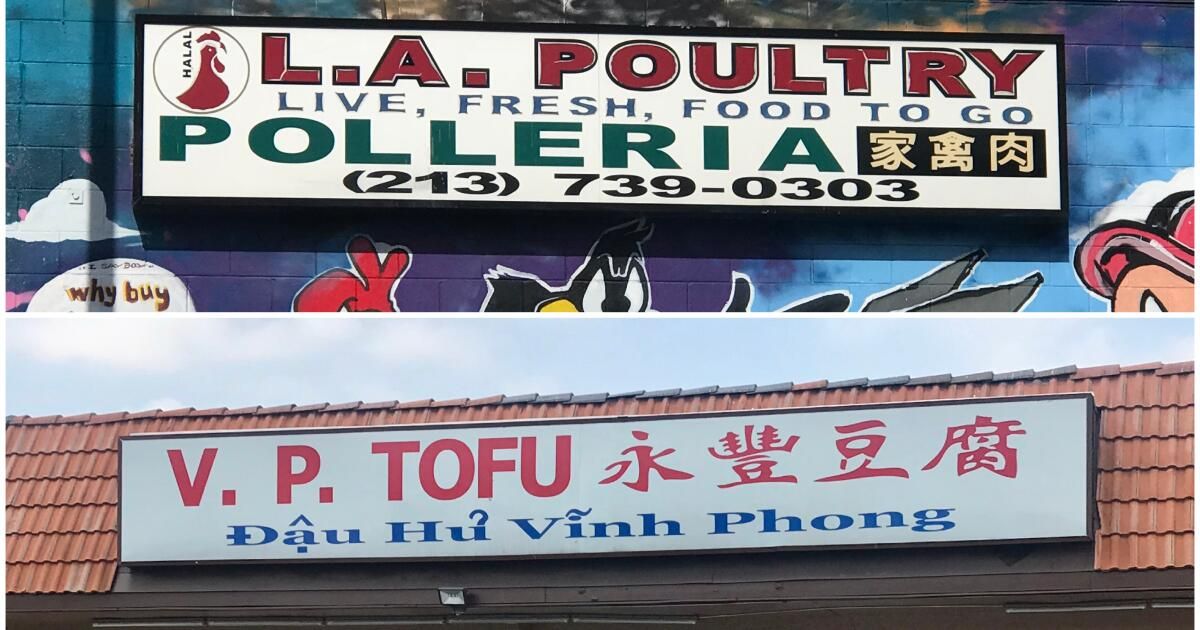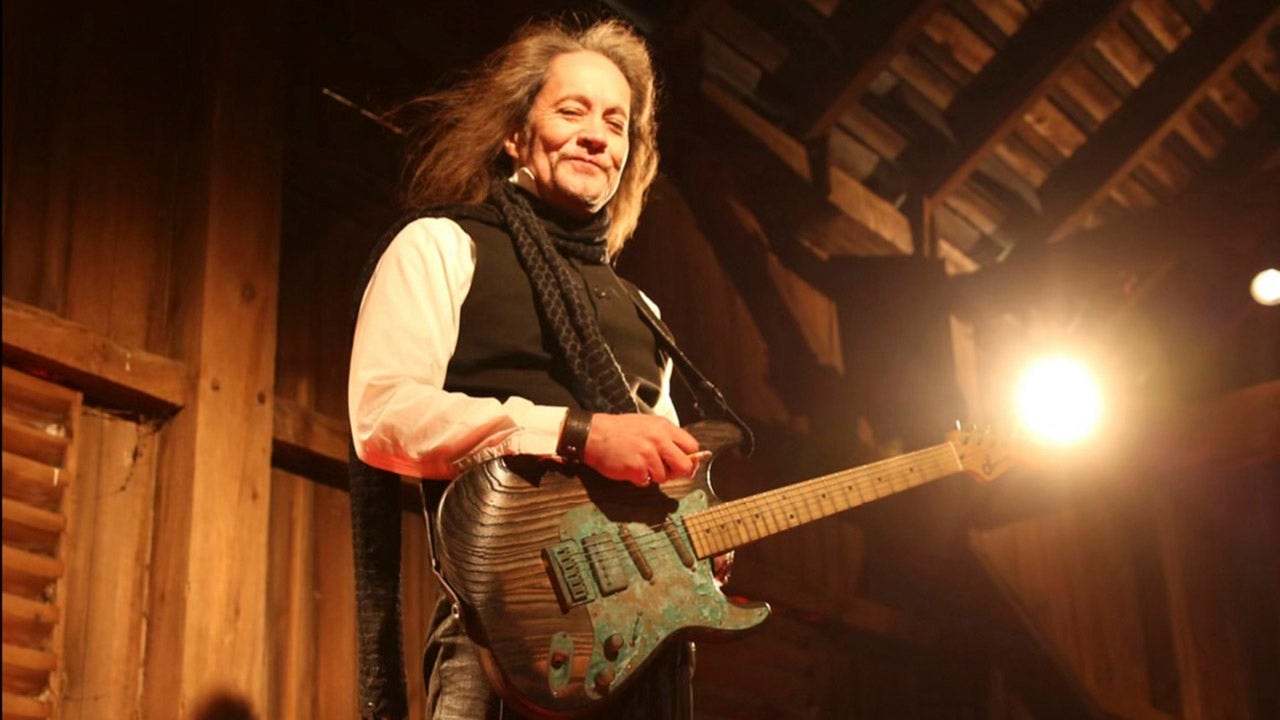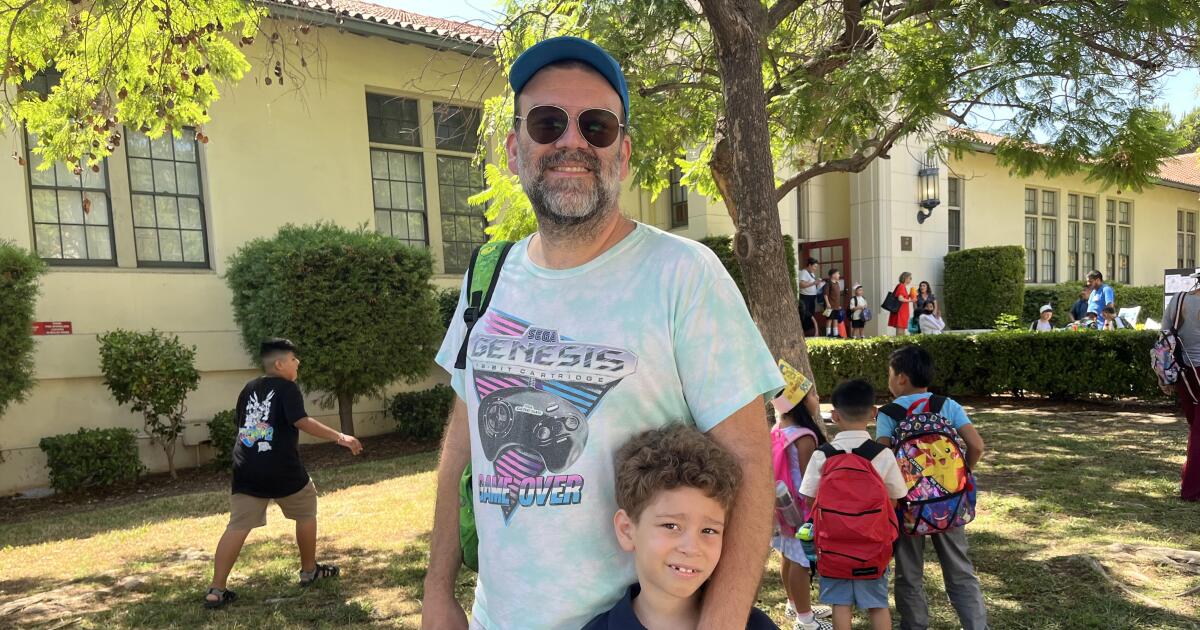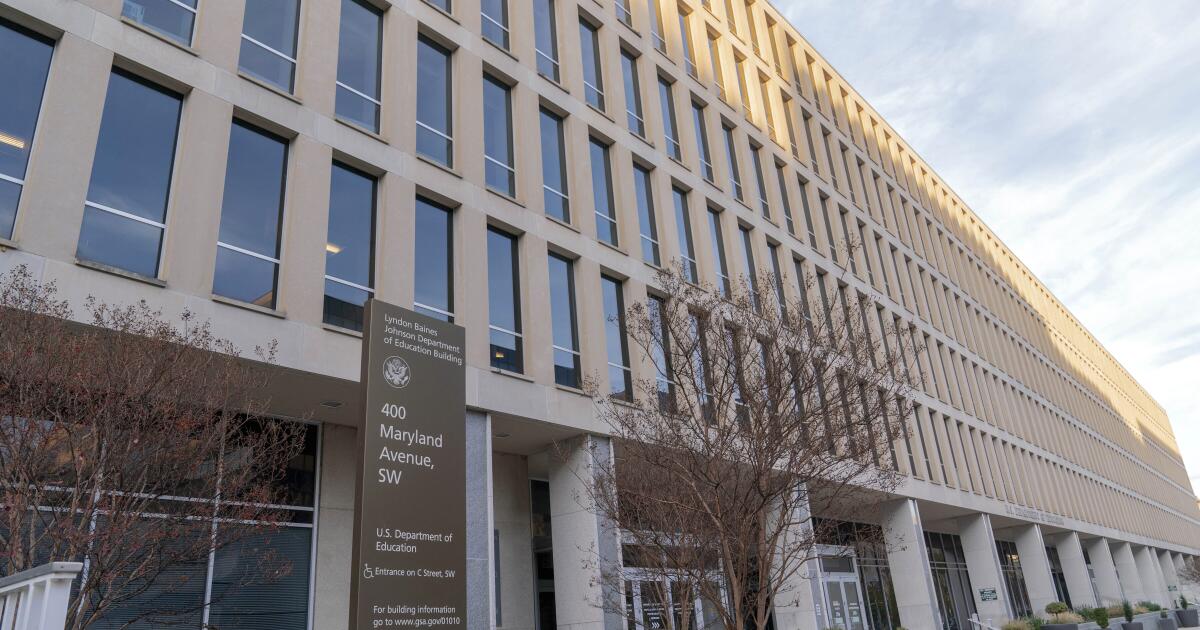The ethnic neighborhoods of Los Angeles are not like those of most cities in the world. We have distinctive cultural centers specific to this or that group (Greek-Americans, for example, or Salvadorans or Japanese-Americans), but in most cases these centers overlap and share space with each other. We are an active example of an answer to a key question: How should we live among people with cultural differences? Here diverse communities maintain their identities but live together, not in exclusive enclaves found in many other large cities.
An unusual way to explore our urban landscape is through its signage.
Angelenos are familiar with cultural sites that are officially recognized by blue signs throughout the city. They name neighborhoods like Little Tokyo, Little Ethiopia and Little Armenia. But there are many, many more signs around the city identifying the places and sites that bring communities together to perform rituals, shop, eat, and just hang out.
A utility box on the sidewalk in Glendale, the unofficial Little Armenia, is painted with invitations to dance in several languages.
(Annette M. Kim)
As a professor of urban planning and director of the USC Spatial Analysis Laboratory, I have Data generated with my team on the millions of words found. throughout Los Angeles: on store signs, banners, flyers, posters and other places. Because there are few regulations, these signs provide a unique perspective on the words and places people choose to mark as their own.
When we categorized the words by language and culture, we found that 97 groups expressed their cultural identity in Los Angeles County. And when we map them, we found that 58 of the groups occupy areas where their signs are so dense that we consider the sites cultural centers. This showed us, for example, that while Los Angeles has its official Chinatown downtown, it also has much larger unofficial neighborhoods in the San Gabriel Valley and suburban Rowland Heights, as well as new ones forming. in the San Fernando Valley.
Significantly, the map shows what demographers I've noted before: Unlike other major American cities, Los Angeles' racial and ethnic groups are more likely to meet because we don't just meet our own. And it's not just that we are next to each other. We talk to each other. We found that signs on 18% of properties in Los Angeles contain more than one language or cultural expression. It is not unusual to see a sign with three or more languages.
The expansion of Los Angeles allows a multiplicity of cultures to have their own centers, rather than one general international district as in Seattle or the pan-Asian Flushing in New York. And since More than 64% of Angelenos are renters and that Americans move on average 11 times during his life, these centers are crucial “third places”: locations outside of home and work that serve as community gathering points. In many interviews with people about their personal geographies, it has been common to hear stories of people traveling daily, sometimes for hours, to reach their cultural places of belonging. We spoke to people who drove to Little India in Artesia from Porter Ranch or to the African-American neighborhood of Leimert Park from the desert in Lancaster. They go to these extremes because cultural centers in Los Angeles are specific, distinctive places that fulfill the human need for a place of belonging, especially given our history of gentrification and displacement.
What makes Los Angeles exceptional is that these cultural places are not exclusive. Our map shows that they are generally interspersed. Traditionally, immigrants tended to live, work, and interact in ethnic enclaves that may be disconnected from the mainstream economy. The pattern we see in Los Angeles is one in which people from different cultural backgrounds meet and become familiar with each other.
We weren't always like this. In the 1980s and 1990s, for example, California struggled to try to slow demographic cultural change, similar to what we see today in states like Texas and Florida. Citing the federal government's failure to secure its border, California attempted to enforce its own immigration policy with Proposition 187 and banned bilingual education with Proposition 227 . Additionally, in the 1980s, three members of the City Council of Monterey Park attempted to declare English the city's official language and institute English-only business sign ordinances in response to the growing number of Chinese Americans in the San Gabriel Valley. The issue divided the city into ethnic coalitions.
Similarly, in 1980, the city of Pomona responded to the growing number of Korean-language signs in the area by passing an ordinance requiring all business signs with non-Roman characters to include English translations of the same font size. TO precedent-setting lawsuit in 1989 by the Asian American Business Group resulted in the ordinance being struck down as a violation of freedom of expression and the right of association. Importantly, the U.S. District Court also noted that Pomona had not challenged the Italian or French signs unfairly targeting non-European immigrants.
Since then, public sentiment in Los Angeles has changed. The presence of multiple languages is often seen as an advantage rather than a threat. Proposition 227 was effectively repealed in 2016 with the passage of Proposition 58. The growth of dual language immersion programs has been a successful strategy for increasing enrollment in the Los Angeles Unified School District and elsewhere. Parents are responding to the studies which show that learning multiple languages benefits cognitive development.
Still, across the country, ballot measures at the state and municipal levels show the ongoing debate about the role of language in our public sphere. By some counts32 states and more than 40 municipalities have “official English” statutes that prohibit or restrict other languages.
Los Angeles shows that cities don't have to subscribe to the farce of a color-blind, melting pot society or horse-trading among interest groups. Angelenos have come to understand that distinctive places of belonging are important to all of us and that our futures are intertwined. Anyone here can see this; You just have to look at the signs.
Annette M. Kim is an associate professor at the Roski School of Art and Design and in the Price School of Public Policy at USC.












